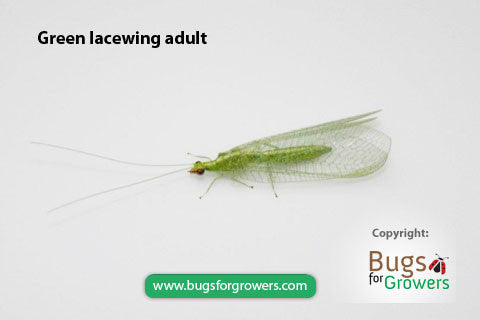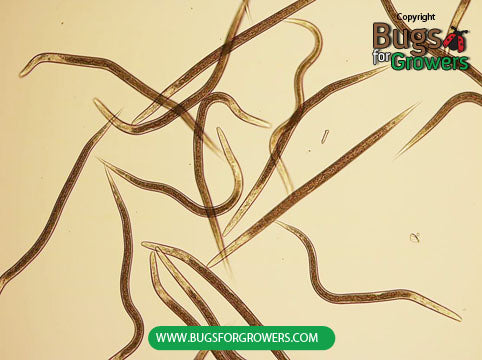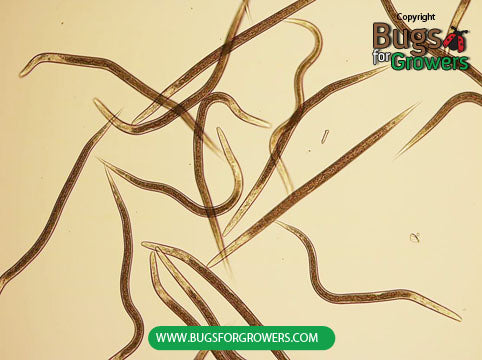Codling moth
Importance of codling moths
The codling moth, Cydia pomonella is one of the most damaging pests of apples, apricots, cherry, hawthorn, peaches, pears, plums, quince and walnuts. Heavy infestation of this moth can cause up to 90% damage to fruits thus causing a tremendous economic loss to fruit industry.
Facts (show all)
- Taxonomy and list of the most economically devastating species of codling moth
-
- Common name: Codling moth
- Scientific name: Cydia pomonella
- Kingdom: Animalia
- Phylum: Arthropoda
- Class: Insecta
- Order: Lepidoptera
- Family: Tortricidae
- Subfamily: Olethreutinae
- Genus: Cydia
- Species: Cydia pomonella
- Identification of codling moths
-
Adult moths: Adult moths are about 0.5-inch long, mottled gray to brownish in color with dark brown bands at the hind tip of both fore wings.
Eggs: Eggs of codling moth are very small, oval shaped, translucent and whitish in color.
Larvae: All larval stages of codling moth are creamy-white in color with dark brown head capsule. Mature larvae of codling moth are about 0.5 to 0.75 inch long.
Pupae: Pupae of codling moth are 0.5 inch long and brown in color.
- Biology of codling moths
-
Codling moths overwinter (diapause) as mature larvae inside the silken cocoon either in the soil, under bark or plant debris on the ground near the base of host trees or other plants. Early in the spring, these overwintering larvae forms pupa inside the same silken cocoons. Adult moths generally emerge from the pupae during March through April. After emerging from pupae adult moths mate. After mating, each female of codling moth lay over 25 eggs on the surface of young fruits. The eggs hatch within a week. Immediately after hatching from eggs larvae enter into small fruits and start feeding on the tissue until they become mature. The matured larvae then leave the fruit and drop of off the fruit on the ground for pupation in the soil near the base of host tree and life cycle continues.
- What type of damage is caused by codling moths?
-
Adult codling moths are harmless meaning they do not cause any damage to fruits. Only larval stages of codling moth cause direct damage to fruits including apples, apricots, cherry, hawthorn, peaches, pears, plums, quince and walnuts. The eggs hatch within a week. Immediately after hatching from eggs larvae enter directly into small fruits or through stalks. After entering into fruits, they start feeding on the tissue and continue to tunnel towards the center of fruit where they can feed on and cause damage to seeds. Codling moth infestation is easily recognized as their entry holes are plugged with their reddish-brown dropping (frass) at the surface of fruits.
- Biological control of codling moths
-
Two biological control agents including egg parasitic wasps and entomopathogenic nematodes have been proved to be effective in reducing the populations of codling moth. Beneficial entomopathogenic nematodes including Steinernema carpocapsae and Steinernema feltiae have been used to target the mature larvae of codling moth that fall on the ground for pupation and already formed pupae in the silken cocoons. It has been demonstrated that if these two beneficial nematodes applied in September at the rate of 1 billion nematodes per acre in the soil, they can kill over 90% of both larvae and pupae of codling moth and thus reducing their future generations. It has been also shown that the augmentative release of the egg parasitic wasp called Trichogramma platneri, Trichogramma brassicae, Trichogramma pretiosum, and a mixture of Trichogramma platnerican kill larvae of codling moths even before hatching from eggs thus preventing damage caused by codling moths to fruits.
- Parasitic beneficial entomopathogenic nematodes that are effective against codling moths
-
- Steinernema carpocapsae
- Steinernema feltiae
- Egg parasitic wasps that are effective against codling moths
-
- Trichogramma brassicae
- Trichogramma minutum
- Trichogramma platneri
- Trichogramma pretiosum
- Research Papers
-
Cossentine, J.E., Jensen, L.B. and Moyls, L. 2002. Fruit bins washed with Steinernema carpocapsae (Rhabditida: Steinernematidae) to control Cydia pomonella (Lepidoptera: Tortricidae). Biocontrol Science and Technology 12: 251-258.
de Waal, J.Y., Malan, A.P. and Addison, M.F. 2011. Evaluating mulches together with Heterorhabditis zealandica (Rhabditida: Heterorhabditidae) for the control of diapausing codling moth larvae, Cydia pomonella (L.) (Lepidoptera: Tortricidae). Biocontrol Science and Technology 21: 255-270.
de Waal, J.Y., Malan, A.P., Levings, J. and Addison, M.F. 2010. Key elements in the successful control of diapausing codling moth, Cydia pomonella (Lepidoptera: Tortricidae) in wooden fruit bins with a South African isolate of Heterorhabditis zealandica (Rhabditida: Heterorhabditidae). Biocontrol Science and Technology. 20: 489-502.
Lacey, L.A. and Chauvin, R.L. 1999. Entomopathogenic nematodes for control of diapausing codling moth (Lepidoptera: Tortricidae) in fruit bins. Journal of Economic Entomology 92: 104-109.
Lacey, L.A., and Unruh, T.R. 1998. Entomopathogenic nematodes for control of codling moth, Cydia pomonella (Lepidoptera: Tortricidae): Effect of nematode species, concentration, temperature, and humidity. Biological Control 13: 190-197.
Lacey, L.A., Arthurs, S.P., Unruh, T.R., Headrick, H. and Fritts, R. 2006. Entomopathogenic nematodes for control of codling moth (Lepidoptera: Tortricidae) in apple and pear orchards: Effect of nematode species and seasonal temperatures, adjuvants, application equipment, and post-application irrigation. Biological Control 37: 214-223.
Lacey, L.A., Granatstein, D., Arthurs, S.P., Headrick, H. and Fritts, R. 2006. Use of entomopathogenic nematodes (Steinernematidae) in conjunction with mulches for control of overwintering codling moth (Lepidoptera: Tortricidae). Journal of Entomological Science 41: 107-119.
Lacey, L.A., Neven, L.G., Headrick, H.L. and Fritts, R. 2005. Factors affecting entomopathogenic nematodes (Steinerneniatidae) for control of overwintering codling moth (Lepidoptera: Tortricidae) in fruit bins. Journal of Economic Entomology 98: 1863-1869.
Lacey, L.A., Shapiro-Ilan, D.I. and Glenn, G.M. 2010. Post-application of anti-desiccant agents improves efficacy of entomopathogenic nematodes in formulated host cadavers or aqueous suspension against diapausing codling moth larvae (Lepidoptera: Tortricidae). Biocontrol Science and Technology. 20: 909-921.
Mracek, Z., Becvar, S., Kindlmann, P. and Webster, J.M. 1998. Infectivity and specificity of Canadian and Czech isolates of Steinernema kraussei (Steiner, 1923) to some insect pests at low temperatures in the laboratory. Nematologica 44: 437-448.
Navaneethan, T., Strauch, O., Besse, S., Bonhomme, A. and Ehlers, R.U. 2010. Influence of humidity and a surfactant-polymer-formulation on the control potential of the entomopathogenic nematode Steinernema feltiae against diapausing codling moth larvae (Cydia pomonella L.) (Lepidoptera: Tortricidae). Biocontrol 55: 777-788.
Unruh, T.R., and Lacey, L.A. 2001. Control of codling moth, Cydia pomonella (Lepidoptera: Tortricidae), with Steinernema carpocapsae: Effects of supplemental wetting and pupation site on infection rate. Biological Control 20: 48-56.
Vega, F.E., Lacey, L.A., Reid, A.P., Herard, F., Pilarska, D., Danova, E., Tomov, R. and Kaya, H.K. 2000. Infectivity of a Bulgarian and an American strain of Steinernema carpocapsae against codling moth. Biocontrol 45: 337-343.





